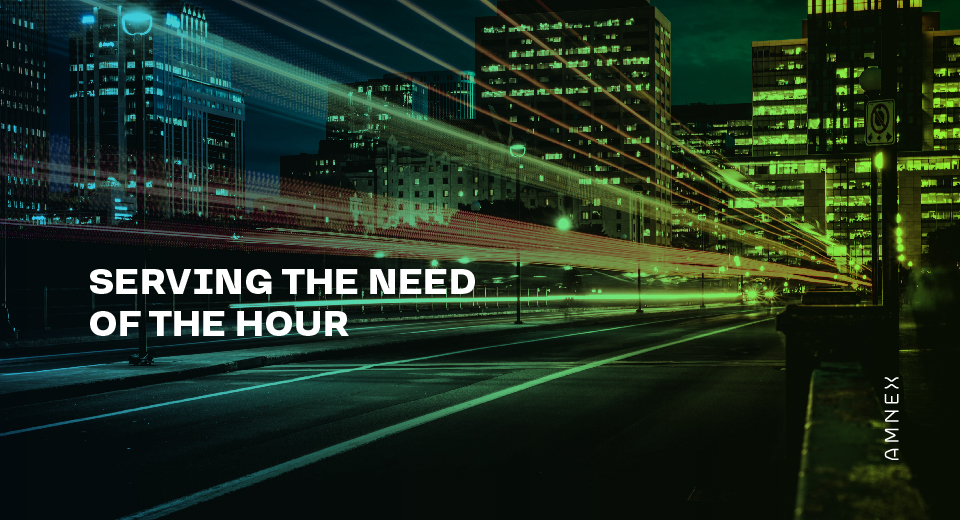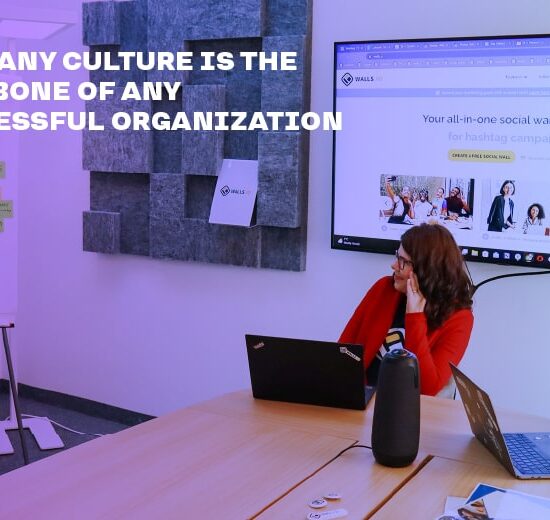It may sound strange but as per a report published by the University of Chicago, automobiles contribute 25% of the harmful PM 2.5 released into the atmosphere. The report states, “Particulate pollution cuts global life expectancy short by nearly two years; and in India, it is an average of four years! In comparison, smoking cuts global life expectancy by 1.6 years.” The report indicates that Particulate Matter (PM) air pollution is currently the greatest threat to human health globally. This suggests that it is high time we think towards decreasing the number of vehicles on the street to reduce pollution. The rapid influx of personal motor vehicles has created several issues related to the environment, mobility and living conditions. In such dire times, a robust public transportation system emerges as an effective solution to these problems.
The public transportation system has always been considered as the backbone of a city’s travel needs. However, globalization and marketing gimmicks have convinced most people that there should be at least one vehicle for each family member to live a comfortable life. As a result, the automobile industry is booming. However, despite ever-expanding infrastructure to support private motor vehicles, the congestion on roads has not decreased and pollution levels are all-time high!
One major reason commuters choose private vehicles is the inefficiency of the public transport system. The buses are never on time, they get abruptly cancelled, they are always full- are some of the most common complaints about the public transport buses that are largely owned by state governments. However, Amnex is rapidly changing the scenario with ITS (Intelligent Transportation System) solutions. Nashik and Chandigarh are the latest examples. ITS implemented in more than 350 buses in Chandigarh has attracted more Chandigarhians to use public transport. They can now track the live location of the bus en route, check the estimated time of arrival/departure, book tickets, plan their journey and even file a complaint- everything from a single mobile app. The cameras installed inside each bus have boosted the confidence of female commuters to board buses. In an emergency, all that they have to do is to push a button and the help will soon arrive.
On the other hand, the officials can track scheduled buses, allocate crew, adhere to schedules, ensure timely maintenance of the buses, prevent revenue leakages and reduce cash handling. It is a win-win situation for both the commuters and transport authorities.
Similar solutions implemented in Nashik have changed the way Nashikkars view public transport. It is now more reliable and accurate. On the other hand, Nashik Mahanagar Parivahan Mahamandal Ltd (NMPML), the transport wing of Nashik Municipal Corporation (NMC) has been enjoying a significant increase in revenue collection after the implementation of ITS.
Steve Jobs once said, “Simple can be harder than complex: you have to work hard to get your thinking clean to make it simple.” Amnex’s solutions may look simple with their easy and intuitive user interface. However, behind them, lots of complex technologies are at play. Modules such as Depot Management, Planning & Scheduling, Vehicle Location & Tracking are built using a micro service-oriented architecture that is combined with optimized database design and data interface techniques for delivering accurate results. Automatic resource allocation, trip scheduling and optimization are empowered by a complex proprietary algorithm. Predictive analytics enable decision-makers to understand commuter patterns, traffic flows, future needs, expenditure and help make informed decisions. For generating customized maps and real-time vehicle tracking, we have unleashed the power of GIS and vector technologies.
The higher purpose of technology is to solve problems and improve the quality of life. Amnex’s several solutions in the mobility domain have been touching upon the core problems faced by commuters and policymakers to deliver solutions that are sustainable, eco-friendly, energy-efficient and cost-effective.






